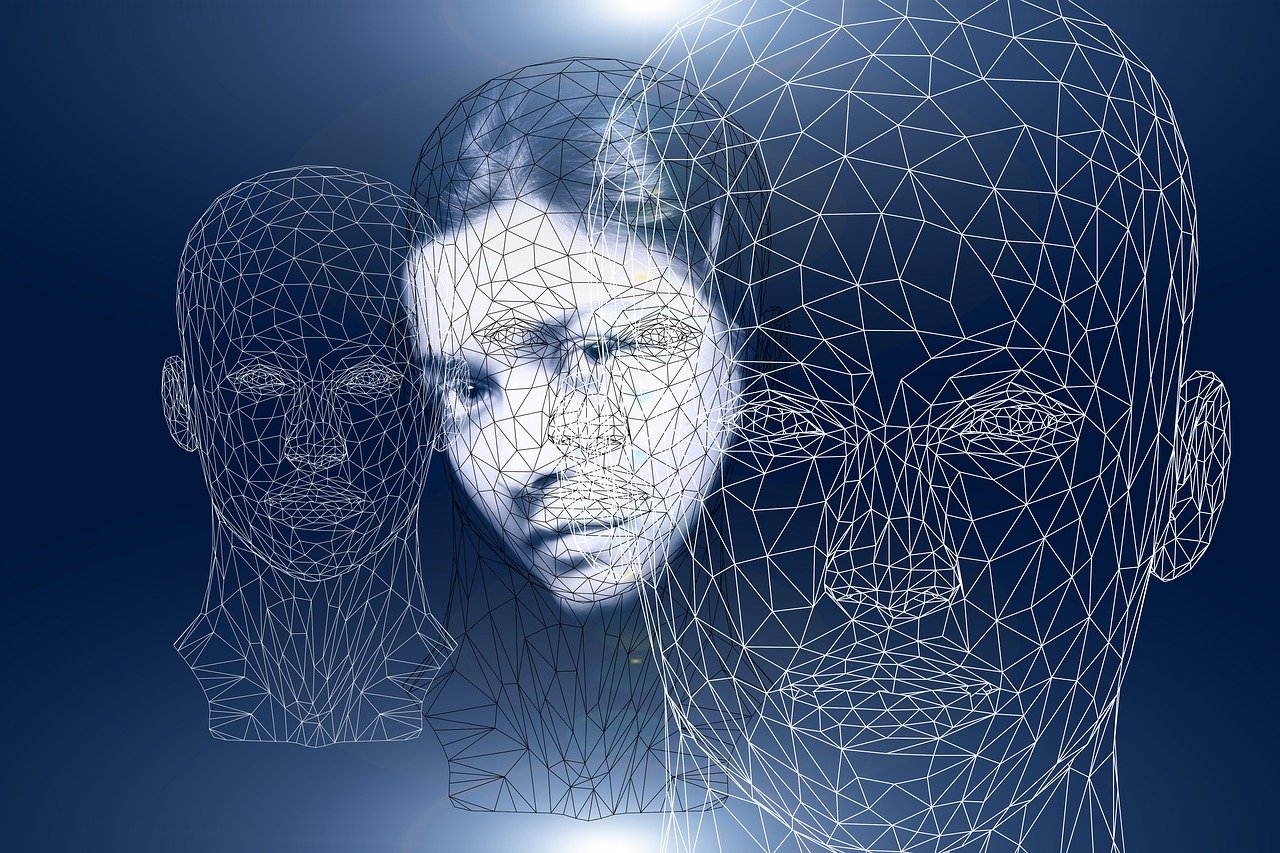When first fully exposed to words like ‘vibhuti’, ‘jhaadnaa’ and ‘jaagar’ in a rural setting, an urban mind can be easily baffled.
From Carl Jung and Sigmund Freud to grief counsellors, psychoanalysis has come a long way. In this world, the word “shamanism” raises an aura of mystery, easily mixed up with black magic.
When first fully exposed to words like “vibhuti”, “jhaadnaa” and “jaagar” in a rural setting, an urban mind can be easily baffled. It takes a while to see it for what it is. Faith and belief. The commonality between traditional healing and modern psychoanalysis.
Some revelatory anecdotes.
Peacock feathers are routinely found hanging at the entrance of the local grocery shop. Once, I innocently asked, “Is this for decoration at home?” I was promptly rewarded with an indulgent laughter reserved for people who are from “outside”. A conversation ensued. Vimal, the store owner, explained how these peacock feathers are used in healing. In local parlance “jhaadna”. Loosely translated, it would mean ‘dusting off’.
I said, “That’s not possible. Healing with some peacock feathers. Not possible.” He immediately countered, “Well, not possible for YOU. We believe in it. It is about faith. I can give you so many examples”. I continued to listen and my so-called logical brain kept telling me, this can’t be true.
In Vimal’s village, Siloti Pant, there was a well-known traditional healer, Shiv Raj Singh. It is widely proclaimed that “even people from Delhi” used to come to him for relief. His house was not easy to access. Vimal explained that people have taken “patients” on cots or on their back all the way up to his house. Vimal’s sign-off story was about a woman close by, who was struck with paralysis. Cured with “jhaadnaa” by Shiv Raj Singh. Many people vouch for this “fact”.
Time and time again, one hears someone has been struck with “havaa” (lack of consciousness and movement, particularly in the limbs) and cured with “jhaadnaa”. A recent example is about a neighbour’s driver.
The driver fell in the bathroom. It seems, all his limbs went limp, face stiff, lips twisted. He was certainly taken to the nearby Community Health Centre by the boss. He remained in a bad shape. Later, nearby worker friends “pitched” in and took him to the acclaimed Shiv Raj Singh. Everyone claims that healing cured him. For sure, the driver is well and driving his boss up and down. There has been no talk of anything like physiotherapy.
The practice of “vibhuti” is as baffling, if one can call it that. Its roots lie in “dar” (fear) and “nazar” (evil eye). “Dar” can come anytime, for any reason. “Nazar” can emanate from anyone. Pretty local women are exceptionally obsessed with this. They always complain of it when they have been out on the street or in a public place.
The local large Alpine lake is said to be “possessed”, taking lives, particularly of young men. So, a child, who goes swimming or boating on the lake, may suddenly develop “symptoms” related to “Dar”.
Hema is a BEd but her beliefs are firmly rooted. Her moonfaced son, Naval, once developed severe stomach pain. She took him to a doctor in the nearest big town, Haldwani. Tests, scans, medication, nothing helped. Finally, it was decided to get him “vibhuti”. The following is her description of what transpired.
Hema went with a handful of rice to the healer and placed it before him with some token money. He picked up the rice grains and flung them in the air, holding his palm out to catch the falling grains. He then gave those grains to Hema and asked her to count them. This was repeated thrice.
The grains would have fallen in even or odd numbers. The healer made a mental note of it and then gave the explanation that the child is ridden with fear. (Hema reiterates that her son used to swim in the lake with his father.) The healer then picked up ash, the “vibhuti”, and put a vertical mark (“teeka”) on the child’s forehead.
It seems this healed Naval’s stomach problem. It never came back. The experiences of my domestic backbone, Panna, are equally amazing.
Her daughter had episodes when she would scream uncontrollably and almost choke on her breath. Once, the girl disappeared in the darkness of early night. A desperate search with torches ensued for more than two hours. She was found hidden in the bushes, impossible to drag back. She seemed to have the strength of a bull to resist.
Panna claims the spirit of a mistreated female ancestor has befallen the family and can “attack” anyone, anytime. That ancestor was killed and unceremoniously dumped and buried in a pit in the jungle. All episodes of “strangeness” or “irrationality” in the extended family are put down to this. Alcoholism, a recalcitrant son, repeated illness, anything.
As I write this, Panna is in her village. One member from each extended family of that ancestral female has to be present for a “jaagar” (staying awake coming alive) ceremony, to put her spirit to rest. The ritual will entail a healer, men and women getting possessed, litanies, spirits speaking and guiding through the voice of the possessed.
Then a muppet will be made to be carried and set afloat in the Ganga at Haridwar for a dignified farewell. If this is not done, episodic variables will keep occurring. The families will rue over it and accept it as penance for the past.
Irresistible sign-off: From the oldest to the newest of our TV news channels, notice our critical thinkers, the big-time anchors. They have not just the red thread but black thread tied around their wrists. Even the Harvard-like English speaking ones. What is that about, huh?

